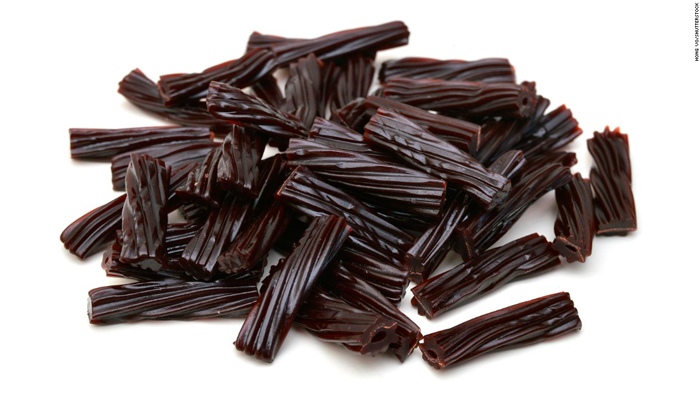Incorporating these spices into your daily diet will help reduce pain and inflammation in the joints. Unfortunately, arthritis cannot be cured. However, the unpleasant symptoms that often accompany inflammation can be controlled by making lifestyle adjustments. Health care providers can help manage discomfort in various ways, including injections and medications, but don’t underestimate the power of changing your diet.
Diet is one of the driving factors that can help control arthritis symptoms, such as joint pain. Joints and other body parts can become inflamed during arthritis flare-ups, but adding certain items to your menu can block the further development of inflammation. You can add just three seasonings to your meals every day.
People are often surprised that spices can be a great anti-inflammatory. The truth is that the more anti-inflammatory foods and spices you eat, the more you suppress chronic inflammation. Here are six spices that help reduce arthritis pain.
Turmeric
The active chemical in turmeric root is curcumin. It can block inflammatory cytokines and enzymes in two inflammatory pathways. As a result, the anti-inflammatory effects of turmeric can lead to a reduction in joint pain and swelling.
This prized yellow spice has an earthy, musky taste with pepper flavor. It is popular in Indian dishes and is most commonly found in curries. However, don’t limit yourself to them – make delicious drinks from turmeric that will give you energy without causing insomnia. Besides, they will positively affect your appearance and maybe even extend your life.
Ginger
Studies have shown that ginger is not only able to fight some forms of inflammation but it can also reduce the symptoms of osteoarthritis. Gingerol and shogaol are chemicals in ginger that block inflammation pathways in the body.
Ginger has a positive effect on the body and fights many problems. This versatile seasoning can be used in sweet and savory dishes, although it has a fairly strong flavor and noticeable spiciness. Don’t forget that ginger is good in drinks, both hot and cold.
Cinnamon
The cinnamaldehyde and cinnamic acid found in cinnamon have antioxidant properties that help prevent cell damage caused by free radicals.
Cinnamon has a sweet taste and an amazing woody smell. It is most commonly found in sweet dishes, especially baked goods, although it can also be used in savory dishes.
Cayenne pepper
Cayenne pepper contains natural compounds known as capsaicinoids that have anti-inflammatory properties.
You can add cayenne sauce before meals or use this pepper in a meat or vegetable marinade.
Garlic
It is famous for its strong anti-inflammatory properties. According to research, garlic suppresses the production of cytokines that cause inflammation and disease.
However, during heat treatment, this plant loses its beneficial properties, so it is better to use it fresh:
To prevent inflammation, it is recommended to consume 2-3 cloves of fresh garlic on an empty stomach. It can be crushed and washed down with water without chewing.
To reduce pain symptoms, massage the inflamed area with garlic oil, which can be purchased at a pharmacy or prepared at home (crushed garlic is poured with vegetable oil 1: 2 and infused in a dark, cool place for about two weeks).
Licorice
This herb acts on inflamed areas like the body’s own corticosteroids. It helps reduce free radicals that cause pain and inflammation.
Add a teaspoon of dried licorice root to a glass of hot water, cover and let it stay there for 10 minutes. Then filter it and drink the resulting tincture 1-2 times a day. Do not use this remedy if you have kidney disease, lack of potassium, high blood pressure, or diabetes.









